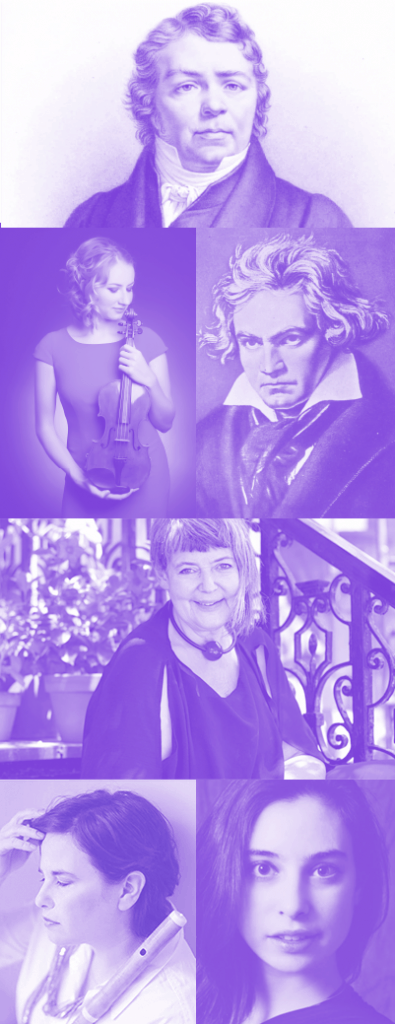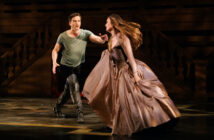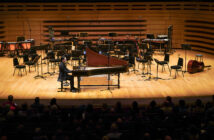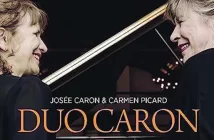Autour de la flûte closed out their season last Thursday, April 13 with a program entitled “Amis ou Ennemis ?” (“Friends or Enemies?”) With a selection of works by Ludwig van Beethoven and Johann Nepomuk Hummel (including several by Beethoven and arranged by Hummel) that gave the audience a glimpse of the friendly rivalry between the two composers, who bridged the gap between the Classical and Romantic eras. Playing on the historical idea of “the best only” concerts, the program featured single movements from symphonies interspersed with smaller works such as Beethoven’s 7 Variations on “God Save the King” and Schöne Minka Op. 107 (the Russian National Air with variations).
Though there may be some tension in the historical accounts and there was certainly tension in the music itself, for the performers—ADLF artistic director Mika Putterman and her invited guests, Montreal Period Performance mainstays Susie Napper (cello) and Gili Loftus (Pianoforte), as well as Dutch-Italian violin virtuoso Cecilia Bernardini—the evening was collegial and easygoing with moments of serendipitous charm.
The concert opened with Hummel’s arrangement of the Allegretto from Beethoven’s Symphony No. 7 for pianoforte, flute, violin, and cello. Loftus’ timbral shifts of the rhythmic ostinato through the dynamic variations of the opening theme were incredibly sensitive and striking. For their part, Napper, Putterman, and Bernardini gave new life to the melody, building elaborate structures from the simplest gestures.
Bernardini’s buoyant rendition of Beethoven’s “Spring” Sonata—the four movements broken up into two groups of two over the intermission—built upon the same principle, bringing out the conversation between the keyboard and the violin. Certain motives had the tendency to rush, but the musicians were able to catch the other in a manner that made the whole process seem organic.
The weakest point in the concert was Hummel’s Trio for Flute, Cello, and Piano, Op. 78, which opened the second half. The piece had all of the dramatic musical highs and lows that you would expect from Beethoven, but less of a natural sense of flow—it is unclear whether this is a failing of the composer himself or of our own ears, which are so accustomed to Beethoven’s style of writing. For this Putterman brought out a c. 1810 ivory flute that had a much more direct tone, though seemed more temperamental for intonation.
The concert closed with the Allegro con Brio from Beethoven’s Fifth Symphony. Each of the four performers was in fine form, playing for effect rather than note-perfection, reminding us that the movement was one step of the composer’s search for a personal language to transmit emotion in audible form. Arranged for chamber group, this was more intimate but no less powerful.














